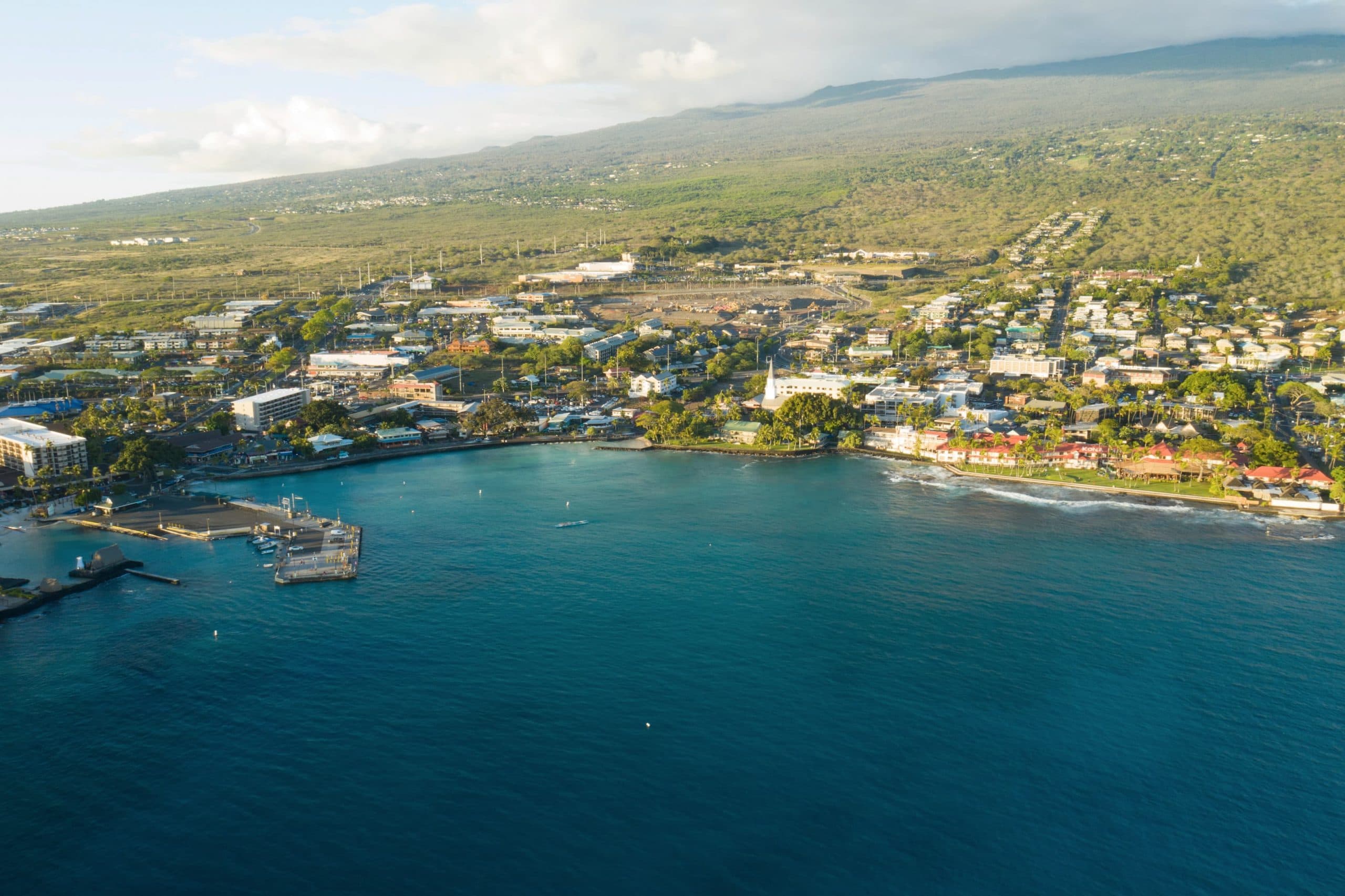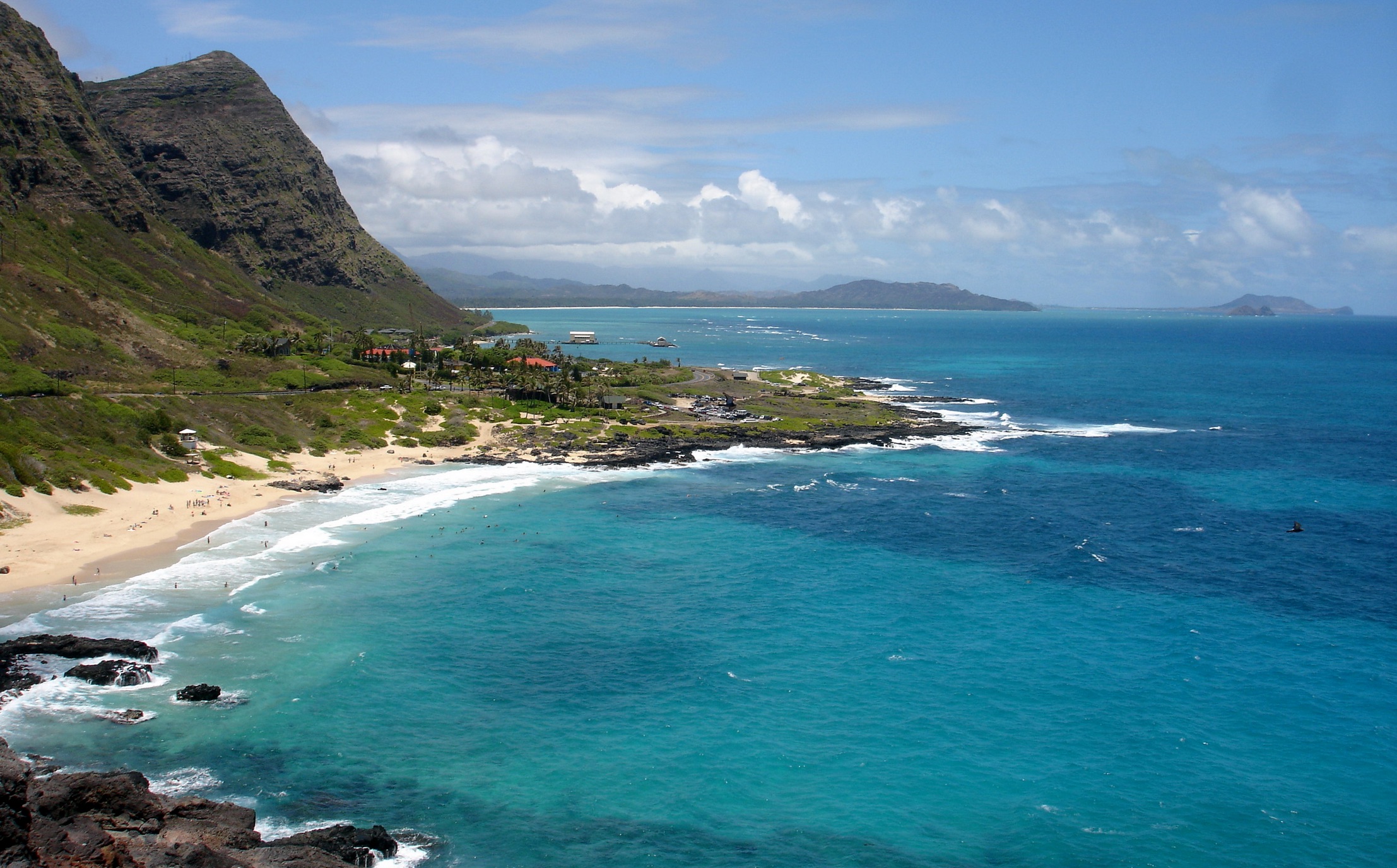Kona Island Geography and Landscape

Kona Island, a jewel of the Hawaiian archipelago, is a testament to the power and beauty of volcanic forces. Its dramatic landscape, sculpted by molten lava flows over millions of years, offers a diverse array of ecosystems and breathtaking scenery.
Volcanic Origins and Unique Features
Kona Island is a shield volcano, formed by a series of eruptions that built up layers of lava over time. The island’s unique shape, with its gently sloping flanks and prominent summit caldera, is a result of this volcanic history. The most recent eruption occurred around 200 years ago, leaving behind a dramatic landscape of lava flows, cinder cones, and volcanic craters.
Diverse Ecosystems
Kona Island’s varied terrain supports a diverse range of ecosystems, each with its own unique flora and fauna.
- The lush rainforests of the Kohala Mountains, on the windward side of the island, receive abundant rainfall, creating a verdant landscape teeming with life. These forests are home to a variety of native plants and animals, including the endangered Hawaiian monk seal and the Hawaiian goose, or Nene.
- In contrast, the leeward side of the island, including the Kona Coast, is a semi-arid region with dry, sunny conditions. This area is characterized by desert-like vegetation, with cacti, succulents, and drought-tolerant shrubs dominating the landscape.
- The coastal areas of Kona Island are home to a variety of marine life, including coral reefs, sea turtles, and whales. The warm, clear waters of the Pacific Ocean provide a perfect habitat for these creatures, making Kona a popular destination for snorkeling, diving, and whale watching.
The Kona Coffee Belt
The Kona Coffee Belt, located on the slopes of Hualalai volcano, is a renowned coffee-growing region. The volcanic soils, rich in minerals, and the unique microclimate of the area, with its cool nights and warm days, create ideal conditions for cultivating high-quality coffee beans.
“Kona coffee is one of the most sought-after coffees in the world, known for its smooth, rich flavor and delicate aroma.”
The coffee industry is an integral part of Kona’s economy and culture. Numerous small farms, many of them family-owned, contribute to the production of Kona coffee, a symbol of the island’s heritage and agricultural excellence.
North and South Kona: A Comparison
| Region | Climate | Topography | Attractions |
|---|---|---|---|
| North Kona | Wetter, with more rainfall | Steeper slopes, with higher elevations | Kealakekua Bay (Captain Cook’s landing site), Pu’uhonua o Honaunau National Historical Park (ancient Hawaiian place of refuge) |
| South Kona | Drier, with less rainfall | Gently sloping, with lower elevations | Keauhou Shopping Center, Manta Ray Night Dive, Kaloko-Honokohau National Historical Park (ancient fishponds and petroglyphs) |
Kona Island Culture and History

Kona Island boasts a rich tapestry of culture and history, interwoven with the stories of its indigenous people, the impact of European colonization, and the vibrant traditions that continue to thrive today. The island’s cultural heritage is a testament to its resilience, adaptability, and enduring spirit.
The Legacy of Native Hawaiians, Kona island
The native Hawaiian population of Kona Island has a long and storied history, dating back centuries. They were skilled navigators, farmers, and fishermen, deeply connected to the land and its resources. Their traditional practices, beliefs, and values were intricately intertwined with the natural world, shaping their way of life.
- Traditional Practices: The native Hawaiians developed sophisticated agricultural systems, utilizing the volcanic soil and diverse climate of Kona to cultivate a wide range of crops, including taro, sweet potatoes, and bananas. They also practiced sustainable fishing methods, respecting the delicate balance of the marine ecosystem.
- Spiritual Beliefs: Their spiritual beliefs centered around the concept of “mana,” a life force that permeated all things, connecting humans, animals, plants, and the natural world. They revered the spirits of their ancestors, the gods, and the natural elements, believing in a deep interconnectedness between all living beings.
- Social Structure: Kona Island society was organized into a hierarchical system, with chiefs, priests, and commoners. The chiefs held political and spiritual authority, while the priests served as intermediaries between the people and the gods. The commoners were responsible for farming, fishing, and other essential tasks.
The Impact of European Colonization
The arrival of Europeans in the late 18th century marked a significant turning point in Kona Island’s history. European colonization brought about profound changes, transforming the island’s landscape, economy, and social structure.
- Coffee Plantations: The introduction of coffee cultivation in the 19th century had a transformative impact on Kona’s economy. Coffee plantations flourished, creating a new industry and attracting settlers from around the world. The growth of the coffee industry led to the establishment of towns and infrastructure, transforming the island’s landscape.
- Tourism: The development of tourism in the 20th century further diversified Kona’s economy. The island’s natural beauty, volcanic landscapes, and cultural heritage attracted visitors from around the globe. Tourism became a major industry, creating jobs and boosting the local economy.
- Cultural Changes: European colonization also brought about significant cultural changes. The introduction of Western values, beliefs, and practices challenged traditional Hawaiian customs and traditions. The native Hawaiian language and culture were suppressed, and many traditional practices were abandoned.
Cultural Events and Festivals
Despite the challenges of colonization, Kona Island has preserved many of its cultural traditions. The island hosts a variety of cultural events and festivals that celebrate Hawaiian heritage and traditions.
- Merrie Monarch Festival: Held annually in Hilo, the Merrie Monarch Festival is a major celebration of Hawaiian culture, featuring hula competitions, music, and traditional crafts. The festival attracts thousands of visitors from around the world, showcasing the beauty and artistry of Hawaiian culture.
- Keauhou Shopping Center: The Keauhou Shopping Center hosts a variety of cultural events and performances throughout the year, including traditional Hawaiian music, hula, and storytelling. These events provide opportunities for visitors and locals alike to experience the rich cultural heritage of Kona Island.
- Kona Coffee Cultural Festival: The Kona Coffee Cultural Festival is a celebration of the island’s coffee industry and its cultural significance. The festival features coffee tastings, demonstrations, and cultural performances, showcasing the history and traditions associated with Kona coffee.
Prominent Historical Figures
Kona Island has been home to many notable individuals who have shaped its history and culture.
- King Kamehameha the Great: A legendary Hawaiian king who unified the islands in the late 18th century. Kamehameha’s legacy is deeply ingrained in Kona Island’s history and culture.
- Queen Liliuokalani: The last reigning monarch of the Kingdom of Hawaii. Liliuokalani was a strong advocate for Hawaiian sovereignty and cultural preservation. Her reign was marked by political turmoil and the eventual overthrow of the monarchy by American business interests.
- John Young: A British sailor who became a trusted advisor to King Kamehameha. Young played a key role in the unification of the Hawaiian islands and introduced Western technologies and ideas to the kingdom.
Kona Island Activities and Attractions

Kona Island offers a captivating blend of natural beauty, cultural richness, and thrilling adventures. Whether you’re seeking relaxation on pristine beaches, exploring volcanic landscapes, or delving into the island’s fascinating history, Kona has something to offer every traveler.
Top Attractions
Kona Island boasts a wealth of attractions, each showcasing the island’s unique character.
- Kealakekua Bay: This historic bay holds immense cultural significance, being the site where Captain James Cook first landed in Hawaii in 1778. Today, visitors can explore the bay by boat, snorkel in its crystal-clear waters, or visit the Captain Cook Monument, a tribute to the famed explorer.
- Pu’uhonua o Honaunau National Historical Park: This ancient Hawaiian place of refuge offers a glimpse into the island’s rich past. Explore the restored temple structures, learn about the ancient Hawaiian culture, and witness the stunning ocean views.
- Hawaii Volcanoes National Park: While not technically on Kona Island, this park is a short drive away and is a must-visit for any visitor to the Big Island. Witness the awe-inspiring power of nature as you explore active volcanoes, lava flows, and volcanic craters.
- Manta Ray Night Dive: This unforgettable experience allows you to witness the graceful dance of manta rays as they feed under the moonlight. Guided tours take you to designated areas where these magnificent creatures gather, offering an up-close and personal encounter.
- Keauhou Shopping Center: For a taste of local culture and a chance to shop for souvenirs, head to Keauhou Shopping Center. Browse through art galleries, boutiques, and local crafts, and enjoy the vibrant atmosphere.
3-Day Itinerary
To experience the best of Kona Island, consider this 3-day itinerary:
Day 1: Adventure and Relaxation
* Morning: Embark on a thrilling zip-lining adventure through the lush rainforests, soaring through the treetops and enjoying breathtaking views.
* Afternoon: Relax on the pristine beaches of Hapuna Beach State Recreation Area or Mauna Kea Beach Hotel, soaking up the sun and enjoying the turquoise waters.
* Evening: Enjoy a sunset cruise along the Kona coast, savoring the beauty of the golden hour and the dramatic coastline.
Day 2: Cultural Immersion and History
* Morning: Visit Pu’uhonua o Honaunau National Historical Park, immersing yourself in the history and culture of ancient Hawaii. Explore the restored temple structures and learn about the island’s fascinating past.
* Afternoon: Discover the vibrant art scene in Kailua-Kona, browsing through galleries and studios showcasing the works of local artists.
* Evening: Indulge in a traditional Hawaiian luau, enjoying a feast of local delicacies, vibrant music, and captivating hula performances.
Day 3: Natural Wonders and Relaxation
* Morning: Explore the breathtaking beauty of Kealakekua Bay by boat, snorkeling in the crystal-clear waters and marveling at the vibrant marine life.
* Afternoon: Hike through the lush rainforest of the Kona Coffee Belt, enjoying the scenic views and learning about the cultivation of Kona coffee.
* Evening: Relax at a luxurious spa, pampering yourself with a rejuvenating massage and indulging in the tranquil atmosphere.
Water Sports
Kona Island is a paradise for water sports enthusiasts, offering a wide range of activities to suit all levels of experience.
- Snorkeling: The crystal-clear waters of Kona Island teem with vibrant marine life, making it a perfect destination for snorkeling. Explore coral reefs teeming with colorful fish, playful sea turtles, and graceful manta rays.
- Scuba Diving: For a deeper dive into the underwater world, Kona offers exceptional scuba diving opportunities. Explore shipwrecks, volcanic formations, and vibrant coral gardens, encountering an array of marine creatures.
- Surfing: Kona’s waves offer a challenge for experienced surfers, while beginner-friendly spots provide a gentle introduction to the sport.
- Stand-Up Paddleboarding: Glide across the calm waters of Kona Bay, enjoying the serenity and stunning views.
- Kayaking: Explore hidden coves, paddle along the coastline, or venture into the open ocean for a unique perspective of the island.
Culinary Scene
Kona Island’s culinary scene is a delightful fusion of local flavors and international influences.
- Local Specialties: Indulge in fresh seafood, such as poke (marinated raw fish), mahi-mahi, and ono (wahoo).
- Kona Coffee: No trip to Kona is complete without sampling the world-renowned Kona coffee. Visit local coffee farms to learn about the cultivation process and enjoy a cup of this exquisite brew.
- Restaurants: From casual beachfront eateries to upscale fine dining establishments, Kona offers a wide variety of dining options to suit every taste and budget.
